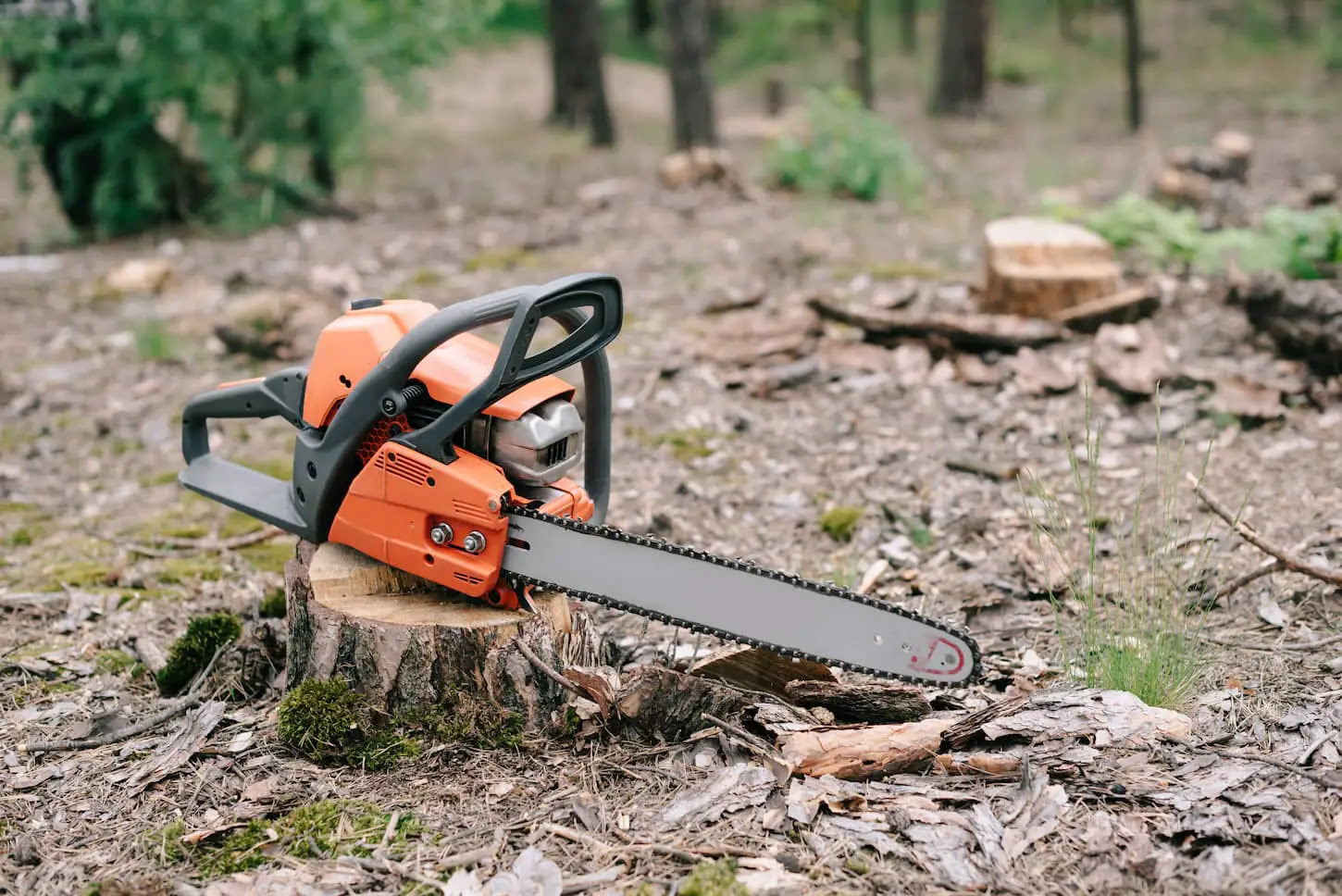

Articles
How To Store Chainsaw Without Oil Leaking
Modified: December 7, 2023
Learn the proper way to store your chainsaw without any oil leaking. Follow these easy steps and keep your chainsaw in top condition. Read more articles on chainsaw maintenance.
(Many of the links in this article redirect to a specific reviewed product. Your purchase of these products through affiliate links helps to generate commission for Storables.com, at no extra cost. Learn more)
Introduction
Welcome to the guide on how to store your chainsaw without oil leaking. Proper storage is essential to keep your chainsaw in optimal condition and prevent any oil leaks that may cause damage or create a mess. Chainsaws are powerful tools that require regular maintenance and careful storage to ensure their longevity and performance.
Dripping oil can be a common issue when storing a chainsaw, leading to oil stains on surfaces, potential damage to surrounding materials, and even a reduced lifespan of the chainsaw itself. However, by following a few simple steps, you can avoid oil leaks and ensure that your chainsaw remains in excellent condition during periods of storage.
In this article, we will outline the steps you need to take to store your chainsaw properly without the risk of oil leaking. By following these steps, you can safely store your chainsaw and prevent any potential issues that may arise from oil leakage.
Key Takeaways:
- Properly storing your chainsaw without oil leaking is crucial for maintaining its performance and longevity. Follow the steps outlined to prevent potential damage and ensure the chainsaw remains in excellent condition.
- Prioritize safety, cleanliness, and proper lubrication when storing your chainsaw. By taking these steps, you can minimize the risk of oil leaks and ensure your chainsaw is ready for reliable use when needed.
Step 1: Clean the Chainsaw
The first step in storing your chainsaw without oil leaking is to thoroughly clean it. This is important because any dirt, debris, or leftover oil can contribute to oil leaks and potentially damage the chainsaw during storage.
Start by removing the chain and guide bar from the chainsaw. Use a brush or compressed air to remove any sawdust, dirt, or debris that may have accumulated on the chainsaw body. Pay close attention to the air vents, cooling fins, and oil reservoir area, as these tend to collect more dirt.
Next, inspect the chain and guide bar for any signs of damage or excessive wear. If necessary, clean and sharpen the chain before storage. This will not only help prevent oil leaks but also ensure that your chainsaw is ready for use when you take it out of storage.
After cleaning the chainsaw body, wipe it down with a clean cloth or paper towel to remove any remaining dirt or oil. Make sure to also clean the oil reservoir cap and the area around it, as these can sometimes be a source of leaks if not properly cleaned.
Once the chainsaw is clean and dry, reassemble the chain and guide bar and proceed to the next step in the storage process.
Step 2: Empty the Fuel Tank
Emptying the fuel tank is a crucial step in storing your chainsaw without oil leaking. Fuel left in the tank for an extended period can deteriorate and potentially cause leaks or damage to the chainsaw.
To empty the fuel tank, start by ensuring that the chainsaw is in a well-ventilated area away from open flames or sparks. This is to prevent any potential accidents or fuel fumes from igniting.
Next, locate the fuel tank on your chainsaw. Depending on the model, it may have a fuel cap or a fuel line connection that needs to be disconnected. Carefully remove the cap or disconnect the fuel line, making sure to have a container ready to collect the fuel.
Tilt the chainsaw so that the fuel tank opening is facing downward, allowing the fuel to drain completely. You can gently shake the chainsaw to help drain all the fuel residues. Ensure that no fuel is left in the tank before proceeding to the next step.
Properly dispose of the collected fuel according to local regulations. Never pour fuel down the drain or throw it in the trash. Gasoline and other fuel types can be hazardous and require proper disposal.
By emptying the fuel tank, you reduce the risk of fuel leaks and prevent the fuel from deteriorating, which can lead to carburetor issues and other chainsaw problems. With the fuel tank emptied, you can now move on to the next step in preparing your chainsaw for storage.
Step 3: Remove the Spark Plug
Removing the spark plug is an essential step in storing your chainsaw without oil leaking. The spark plug is responsible for igniting the fuel mixture in the combustion chamber, and if left in place during storage, it can cause issues such as carbon buildup or corrosion.
Start by locating the spark plug on your chainsaw. It is typically found on the engine and covered by a rubber boot. Carefully remove the spark plug boot by gently pulling it off. Use a spark plug socket or a wrench to loosen and remove the spark plug from the engine. Take note of any signs of damage or excessive wear on the spark plug, as it may need to be replaced.
Once the spark plug is removed, inspect it for any carbon deposits or oil residue. If you notice any buildup, use a wire brush or a spark plug cleaner to remove it. Cleaning the spark plug ensures better ignition performance when you reinstall it in the chainsaw.
After cleaning, apply a small amount of anti-seize lubricant to the threads of the spark plug. This helps prevent the spark plug from seizing or getting stuck in the engine when you need to remove it in the future.
Finally, reinstall the spark plug into the engine and tighten it securely. Reattach the spark plug boot by pushing it onto the spark plug until it clicks into place.
By removing and inspecting the spark plug, you can prevent potential issues and ensure that your chainsaw starts up smoothly when you take it out of storage. With the spark plug removed, it’s time to move on to the next step in the storage process.
Step 4: Drain the Oil Reservoir
Draining the oil reservoir is a crucial step to prevent oil leaks and ensure proper storage of your chainsaw. The oil reservoir is responsible for lubricating the chain and guide bar, but leaving oil in it during storage can lead to leaks and potential damage to the chainsaw.
Start by locating the oil reservoir on your chainsaw. It is typically located near the chain and guide bar. Depending on the model, the reservoir may have a cap or a plug that needs to be removed.
Before draining the oil reservoir, it’s important to note that the oil inside may still be hot if you have recently used the chainsaw. Allow the chainsaw to cool down completely before proceeding with this step.
Once the chainsaw is cooled, carefully remove the cap or plug from the oil reservoir. To drain the oil, tilt the chainsaw so that the oil reservoir is facing downwards. Allow the oil to flow out completely into a suitable container. You may need to gently shake the chainsaw to ensure all the oil is drained.
After draining the oil, inspect the oil reservoir for any debris or contaminants. Use a clean cloth or paper towel to wipe the reservoir and remove any residue. This helps prevent any clogs or issues with the oil system when you start using the chainsaw again.
Once the oil reservoir is empty and clean, replace the cap or plug securely. This ensures that no dirt or dust can enter the reservoir during storage.
By draining the oil reservoir, you prevent potential oil leaks and ensure that your chainsaw is ready for use when you take it out of storage. With the reservoir drained, it’s time to move on to the next step in storing your chainsaw without oil leaking.
To store a chainsaw without oil leaking, empty the fuel tank and run the engine until it stops. Then, remove the bar and chain, clean them, and store the chainsaw in a dry, well-ventilated area.
Read more: How To Store A Chainsaw
Step 5: Lubricate the Bar and Chain
Lubricating the bar and chain of your chainsaw is an important step in storing it without oil leaking. Proper lubrication helps prevent rust and ensures smooth operation when you use the chainsaw again.
Start by selecting a high-quality bar and chain oil specifically designed for chainsaws. This oil is specifically formulated to provide the right amount of lubrication and protection for the bar and chain.
To lubricate the bar and chain, locate the oil ports on the chainsaw. These ports are typically located near the guide bar and are marked with oil icons. Remove any caps or covers from the oil ports.
Pour the bar and chain oil into a small container. Dip a clean cloth or brush into the oil and gently apply it to the guide bar, ensuring even coverage along the entire length. Pay close attention to the groove on the guide bar where the chain runs, as this area needs sufficient lubrication.
Next, activate the chainsaw for a few seconds to allow the chain to move, distributing the lubrication evenly. This helps ensure that every part of the chain receives adequate oil. Be cautious and wear appropriate safety gear while doing this step.
After applying the oil, wipe off any excess with a clean cloth. Excess oil can attract dirt and debris, which can lead to clogs and affect the chainsaw performance during storage.
Once the bar and chain are properly lubricated, ensure that the oil ports are covered securely to prevent any dirt or dust from entering during storage.
By properly lubricating the bar and chain, you reduce the risk of rust, ensure smooth operation, and minimize the possibility of oil leaks during storage. With the bar and chain lubricated, it’s time to move on to the next step in preparing your chainsaw for storage.
Step 6: Store in a Dry Location
Storing your chainsaw in a dry location is crucial to prevent any moisture-related issues and potential oil leaks. Moisture can cause rust and corrosion, which can lead to damage and reduce the lifespan of your chainsaw.
Find a cool, dry area where you can safely store your chainsaw. It is best to choose a place that is protected from extreme temperatures and humidity. Avoid storing the chainsaw in areas subjected to direct sunlight, as this can cause the oil to heat up and potentially leak.
If possible, store your chainsaw in a shed, garage, or workshop where it is shielded from the elements. Ensure that this storage space is well-ventilated to avoid the accumulation of moisture.
When placing the chainsaw in storage, make sure it is in an upright position. This prevents oil from leaking out of the chainsaw and onto surfaces or other equipment.
Consider using a chainsaw storage case or a dedicated storage rack to keep your chainsaw safely in place and protect it from accidental damage.
In addition to a dry location, also prioritize storing your chainsaw away from reach of children and pets to ensure everyone’s safety.
By storing your chainsaw in a dry location, you minimize the risk of moisture-related issues, such as rust and corrosion, and reduce the chances of oil leaks during storage. With the chainsaw safely stored, it’s time to move on to the final step in this guide.
Step 7: Cover the Chainsaw
The final step in storing your chainsaw without oil leaking is to cover it to provide an extra layer of protection. A cover helps shield the chainsaw from dust, debris, and potential moisture, ensuring its condition remains optimal during storage.
Choose a cover specifically made for chainsaws or use a clean, breathable cloth or tarp to cover your chainsaw. Avoid using plastic covers or materials that can trap moisture, as this can lead to condensation and potentially cause damage.
Before covering the chainsaw, ensure that it is completely cool and dry. Any residual moisture can lead to rust or other issues during storage.
Gently drape the cover over the chainsaw, ensuring that it completely covers the top, sides, and front of the chainsaw. Leave the bottom area slightly uncovered to allow proper ventilation and prevent any moisture buildup.
Secure the cover in place using straps, bungee cords, or any other suitable fasteners. This helps prevent the cover from blowing off or shifting during storage.
Periodically check the chainsaw during storage to ensure that the cover remains in place and there are no signs of moisture or other issues. If you notice any leaks or condensation, remove the cover, allow the chainsaw to dry completely, and address the issue before re-covering it.
By covering your chainsaw, you provide an added layer of protection against dust, debris, and potential moisture, reducing the risk of oil leaks and maintaining the chainsaw’s condition during storage.
With the chainsaw properly covered, you have completed all the necessary steps to store your chainsaw without oil leaking. Following these steps will help ensure that your chainsaw remains in excellent condition and is ready for use when you need it again.
Conclusion
Properly storing your chainsaw without oil leaking is essential to maintain its performance, prevent potential damage, and ensure its longevity. By following the steps outlined in this guide, you can effectively prepare your chainsaw for storage and minimize the risk of oil leaks.
Start by cleaning the chainsaw thoroughly, removing any dirt, debris, or leftover oil. Emptying the fuel tank prevents fuel deterioration and potential leaks. Removing the spark plug prevents corrosion and carbon buildup. Draining the oil reservoir helps avoid oil leaks and maintains the chainsaw’s integrity. Lubricating the bar and chain reduces the risk of rust and ensures smooth operation. Storing the chainsaw in a dry location protects it from moisture-related issues. Finally, covering the chainsaw offers additional protection from dust and debris.
Remember to always prioritize safety when working with and storing your chainsaw. Follow proper safety precautions and wear appropriate protective gear. Allow the chainsaw to cool down before performing any maintenance or storage tasks.
By taking these steps and storing your chainsaw properly, you can ensure that it remains in excellent condition and ready for use when you need it. Preventing oil leaks not only helps protect the chainsaw itself but also prevents potential damage to surrounding surfaces and the environment.
Regular maintenance, including proper cleaning, lubrication, and storage, will extend the lifespan of your chainsaw and help you get the most out of this powerful tool.
So, take the time to properly store your chainsaw without oil leaking, and you’ll enjoy the benefits of a well-maintained and reliable tool each time you need it.
Frequently Asked Questions about How To Store Chainsaw Without Oil Leaking
Was this page helpful?
At Storables.com, we guarantee accurate and reliable information. Our content, validated by Expert Board Contributors, is crafted following stringent Editorial Policies. We're committed to providing you with well-researched, expert-backed insights for all your informational needs.
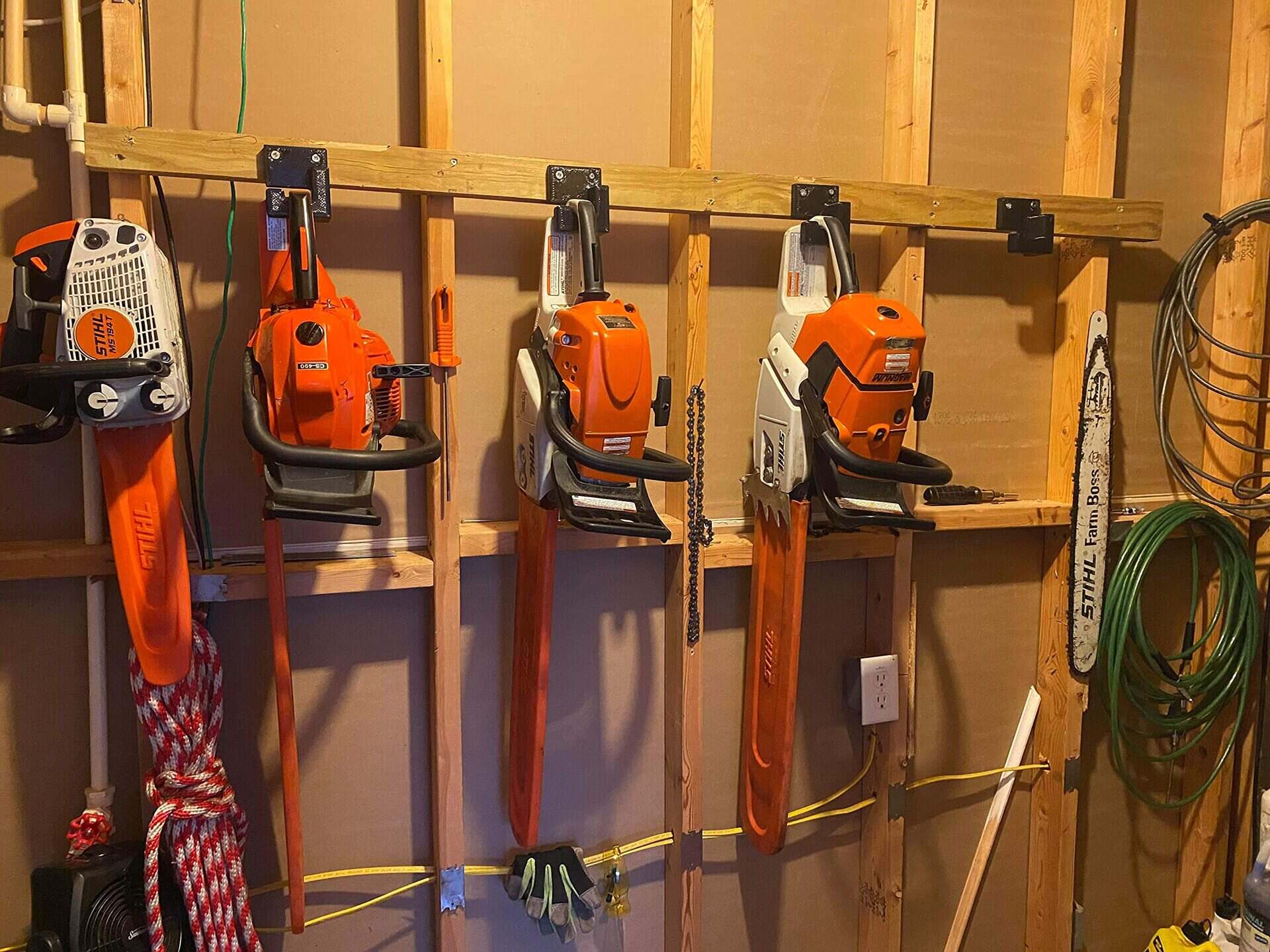
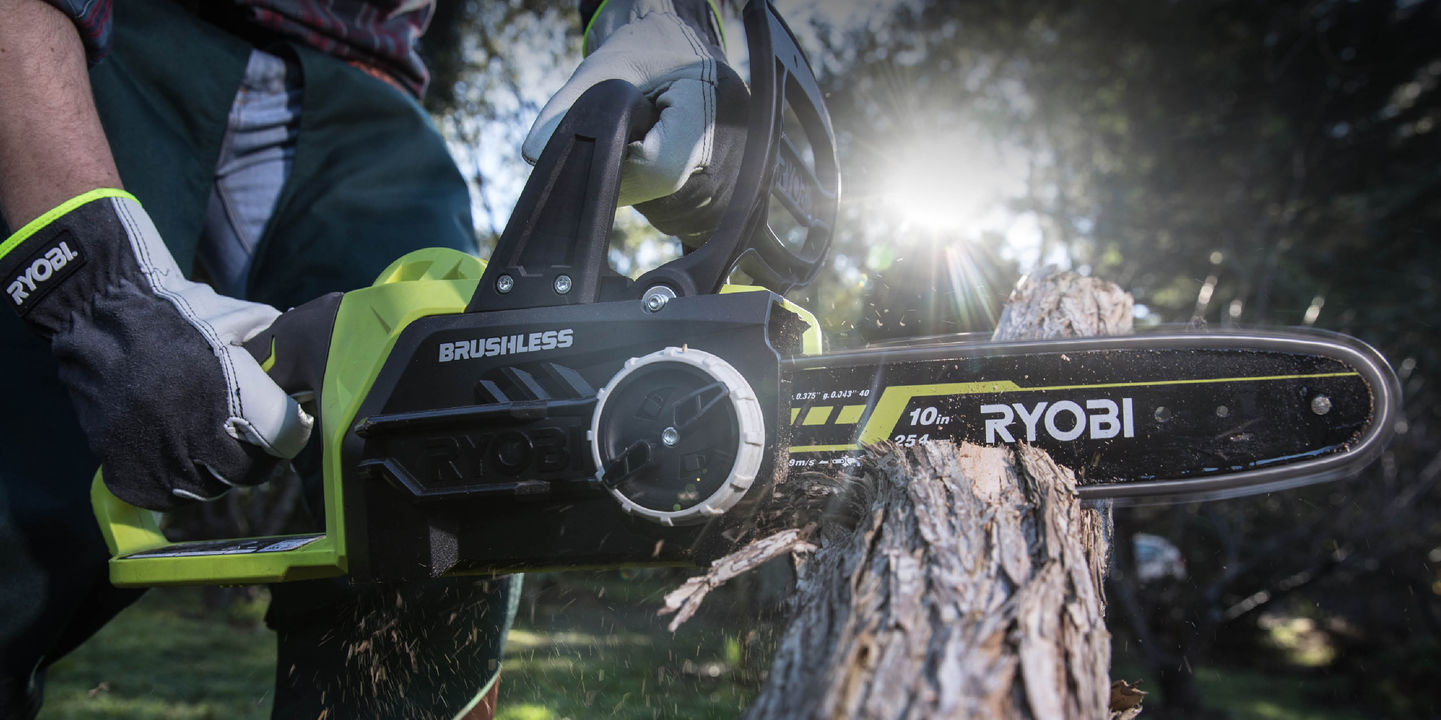
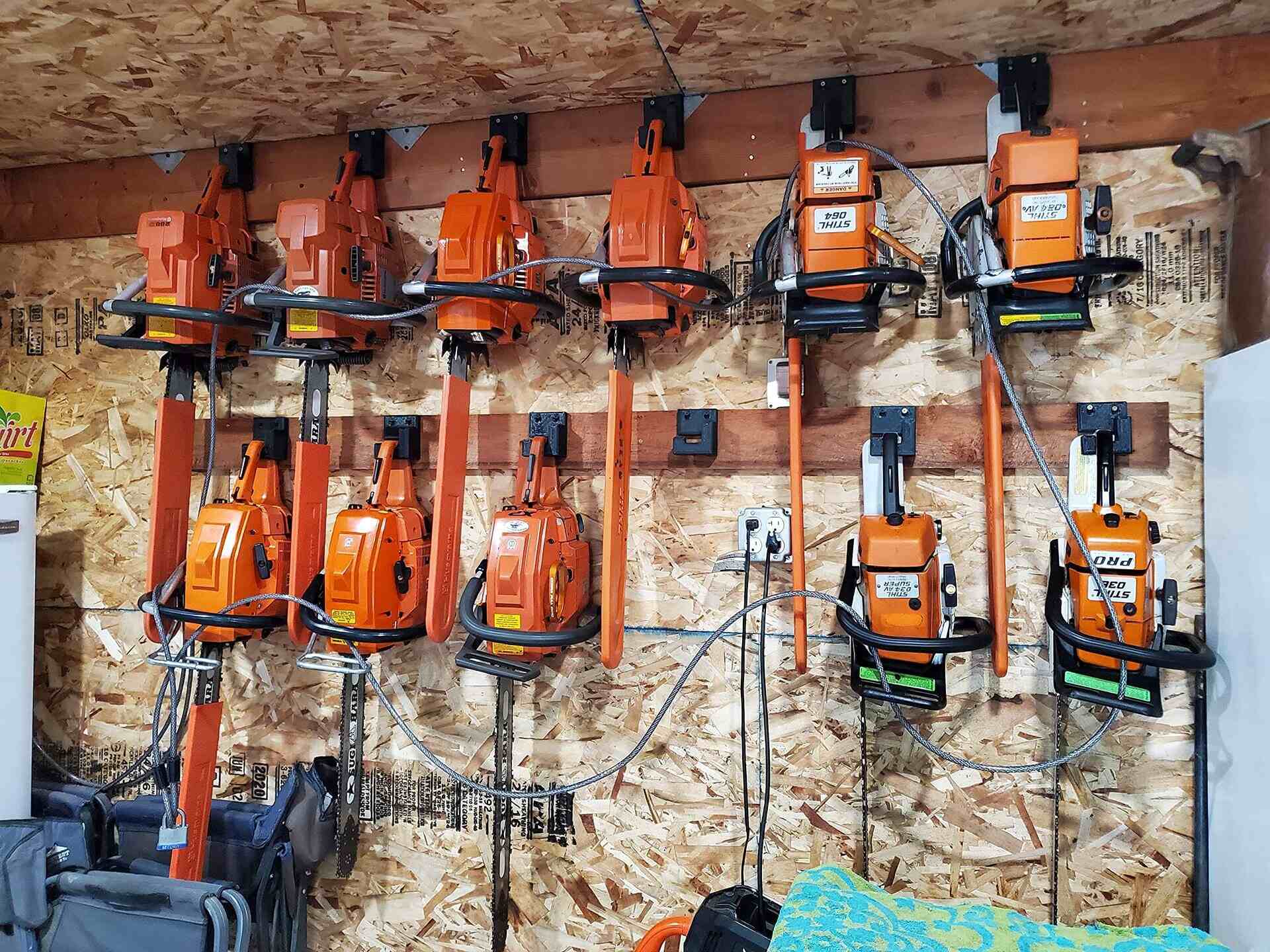

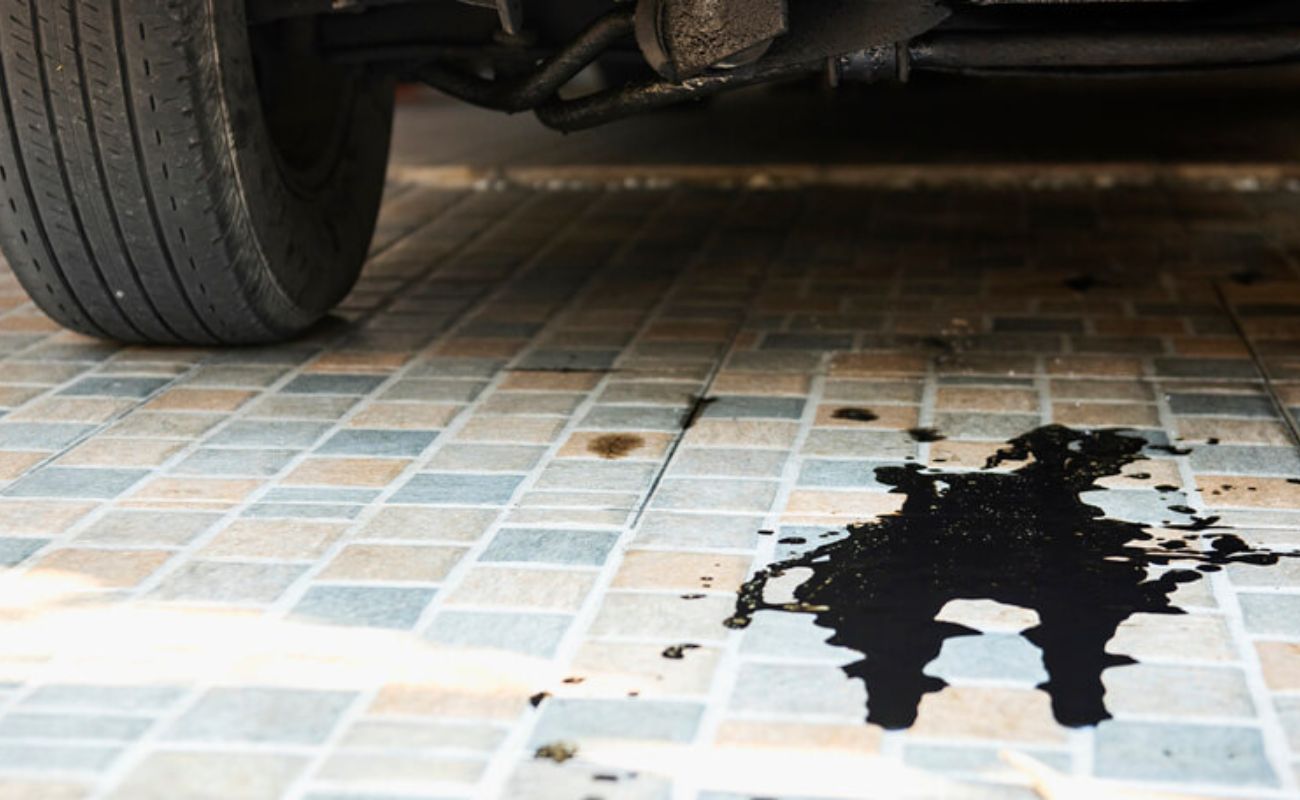
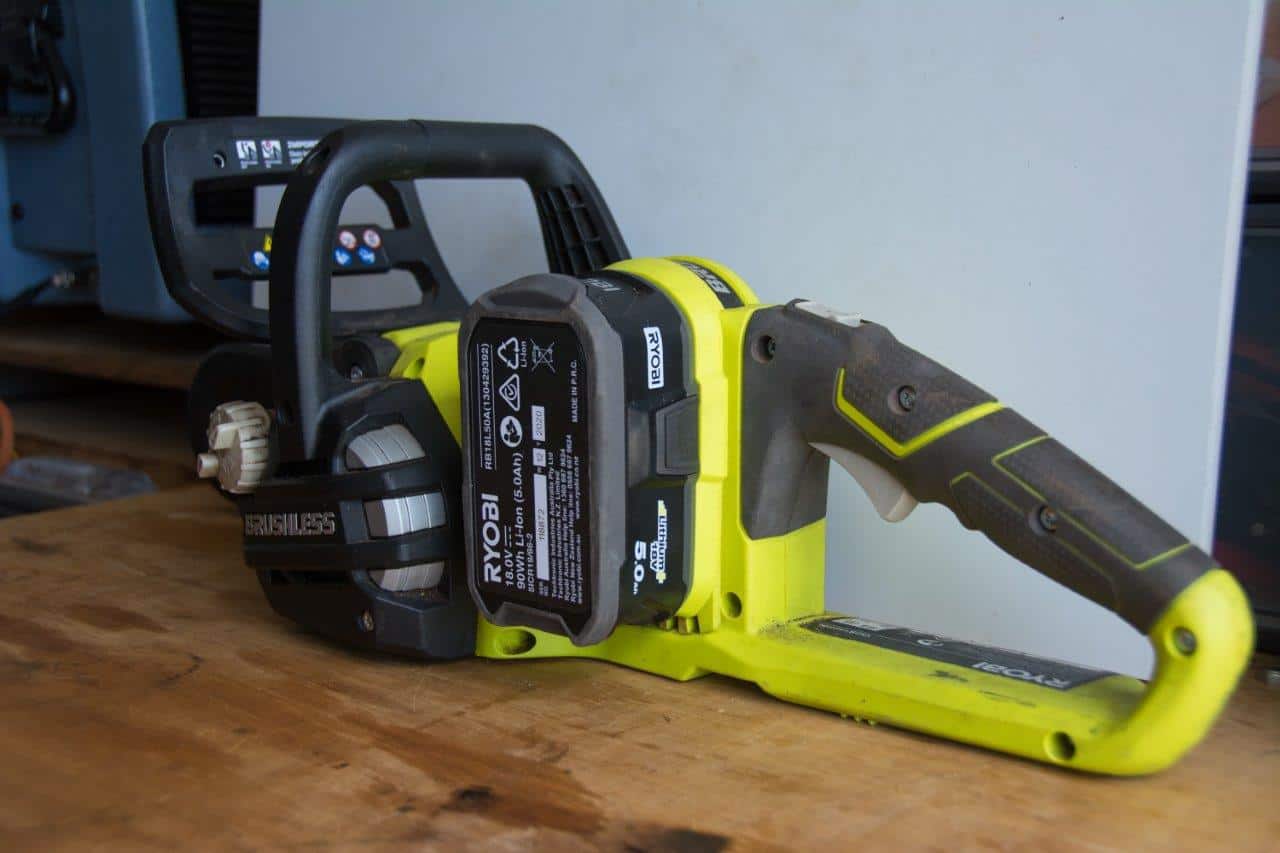

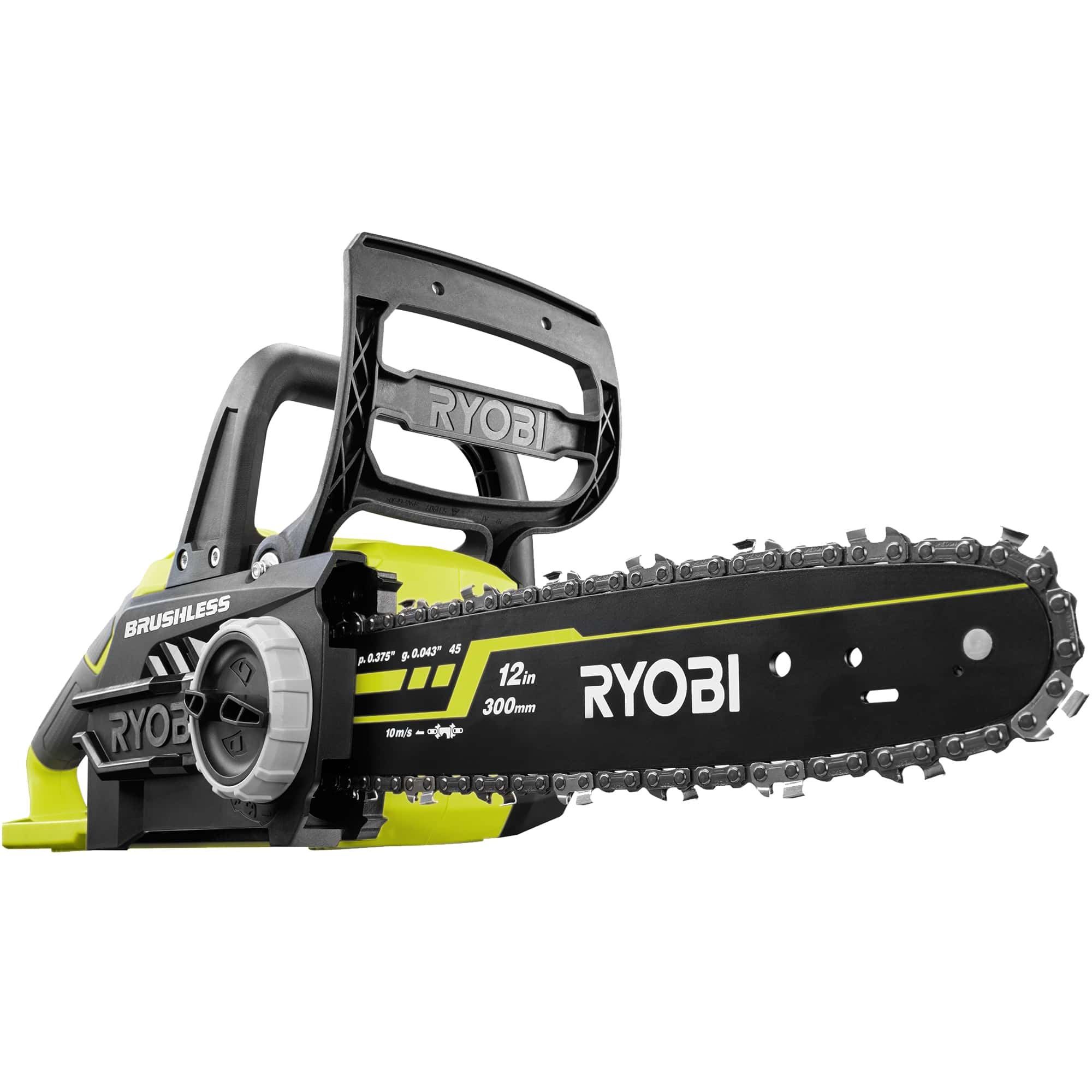







0 thoughts on “How To Store Chainsaw Without Oil Leaking”